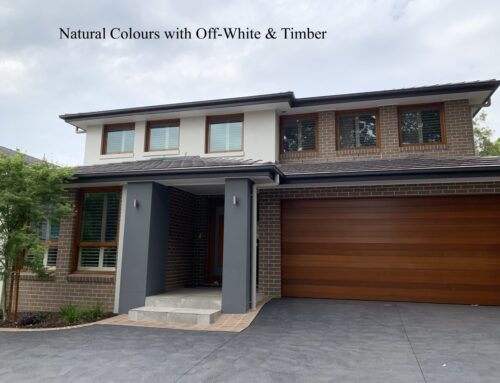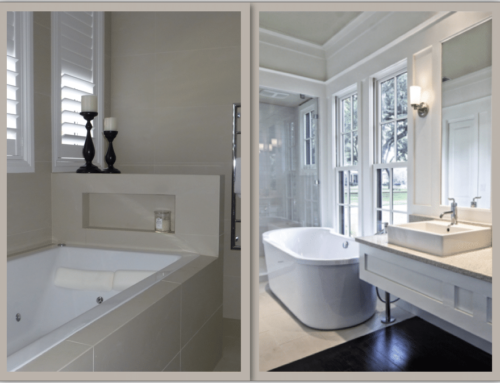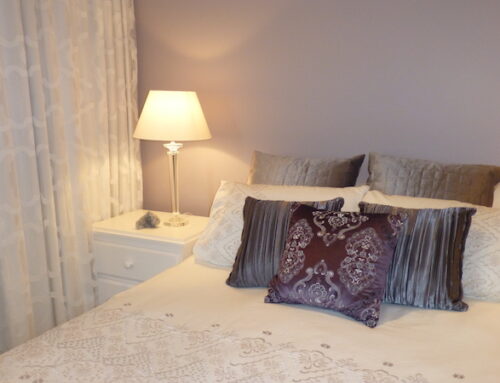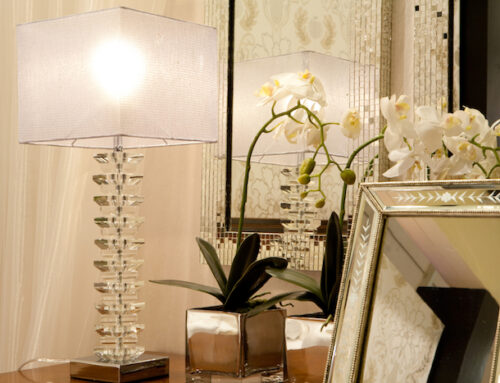Such an essential PC item and so many euphemisms! What am I talking about? The toilet, water closet, lavatory, loo, toot, of course! I want to address some of the terms used when you’re looking to buy a new toilet.
- Even the cheapest toilet you can buy for your home will have a porcelain pan or bowl but you can still buy a plastic cistern (the upper section with the flush mechanism) if you are on a really tight budget. If you want to cover the plumbing pipe between the pan and cistern you can also get a plastic cover, often called a connector plate. See Caroma’s range of plastic connector cisterns as an example.
- Dual flush is standard in many countries as it is water-saving. So if you have the option, choose this and do the environment a favour. You’ll save money on your water bill too.
- Choose a pan or bowl that has clean lines, particularly on the sides – no nooks, screw hole indents or horizontal lips that will collect dust and other less appealing liquids from persons with a poor aim! ;) See Fowler’s Seido as an example of clean lines.

Avoid these types of nooks and screw hole indents.
- Decide between a visible cistern that is attached to the wall, and a concealed cistern that is installed within the wall. Concealed cisterns need a wall cavity, so are easiest to install in homes with stud walls. If your heart is set on a concealed cistern and your internal walls are made of brick or other masonry, you can (if you have the space) build a false wall made of timber and sheeting to achieve this. Finish the false wall with tiles, stone, paint or wallpaper as you would normally.
- These days most of us want at least a close-coupled cistern and pan so you can’t see the connecting plumbing. Note the cistern is attached to the wall but the pan has a gap behind it, between it and the wall. This is the case for all close-coupled toilets. The gap makes a great dust collector however they are less expensive than a wall-faced suite! See Kohler’s range of stylish close-coupled toilets.
- Wall-faced toilet suites are the most popular. They are a complete or single unit that has no gap between the pan and the wall. Visually they have clean lines and practically because there are no gaps, are the easiest to keep clean. The shape is entirely up to your personal preference. Do you prefer curves or a more angular look, or a mix of curves and straight lines?

Wall-faced toilet suite on a false wall.
- Are you wondering what rimless technology is all about? It’s fab! As there’s no lip around the top of the pan there won’t ever be any hidden ‘nasties’ to clean. It is relatively new technology so do your homework. See Enware’s link as an example.
- How to choose between toilet seats? I’m going to be quite frank and tell you I have an issue with a lot of modern toilet seats. I do NOT want to see the top edge and rim of the toilet pan when the lid (not the seat) is lifted! What do I mean, you ask? On many modern toilet seats the lid wraps over the edge of the seat. It looks great when the lid is down but exposes the pan rim when lifted. The pan rim is not always pristine. If the lid sits flat to the seat there is no gap between the front edge of the seat and the rim of the pan. Of course it’s entirely your choice! :) See the two examples below.

Two common types of toilet seat. On the left is the ‘wrap over the seat’ and on the right is the ‘flat to the seat’.
If you need a little extra help to ensure you get the perfect toilet for your home, give Creative Style a call on 0416 190 792 or email [email protected] to book an appointment with Jenny.






Leave A Comment